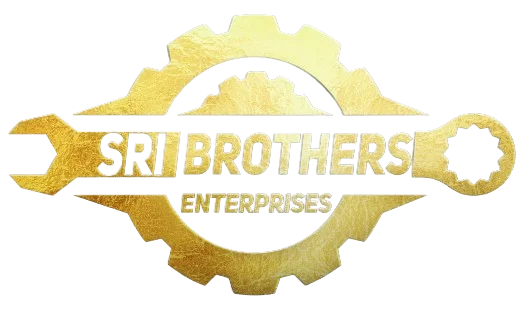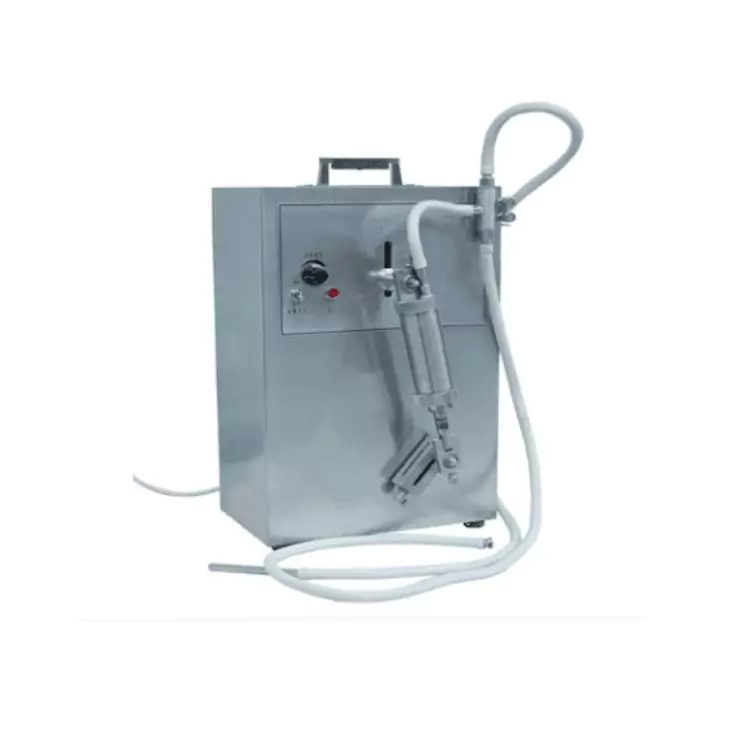The Ultimate Guide to Choosing the Perfect Small Quantitative Liquid Filling Machine
Welcome to the ultimate guide on choosing the perfect small quantitative liquid filling machine. Whether you’re a small business owner or a manufacturer, having the right liquid filling machine is essential for precision and efficiency in your operations. But with so many options available in the market, it can be overwhelming to make the right choice.
In this comprehensive guide, we will walk you through everything you need to know about small quantitative liquid filling machines. From understanding the different types of machines and their features to determining the right capacity and speed for your needs, we’ve got you covered. We’ll also provide expert tips on maintenance and troubleshooting to ensure your machine runs smoothly over the long term.
Our goal is to empower you to make an informed decision that aligns with your specific requirements. By the end of this guide, you’ll have the knowledge and confidence to choose the perfect small quantitative liquid filling machine that will enhance your productivity and streamline your operations. So let’s dive in and discover the world of small quantitative liquid filling machines together.
Benefits of Using Small Quantitative Liquid Filling Machines
Small quantitative liquid filling machines offer numerous benefits for businesses in various industries. Whether you’re filling bottles, containers, or vials, these machines can greatly improve your efficiency and accuracy. Here are some key advantages to consider:
- Precision and Accuracy: Small quantitative liquid filling machines are designed to deliver precise and accurate fills, ensuring consistent product quality. They use advanced technology, such as flow meters or sensors, to measure and control the liquid volume accurately. This eliminates the risk of overfilling or underfilling, reducing waste and product rejection.
- Time and Labor Savings: Manual filling can be time-consuming and labor-intensive. Small quantitative liquid filling machines automate the filling process, reducing the need for manual labor and freeing up your employees to focus on other important tasks. The speed and efficiency of these machines can significantly increase your productivity.
- Versatility: Small quantitative liquid filling machines can handle a wide range of liquid viscosities and container sizes. Whether you’re filling thin liquids like water or thick liquids like oils, these machines can be adjusted to accommodate your specific product requirements. They can also handle various container shapes, including bottles, jars, tubes, and more.
- Reduced Contamination Risk: Contamination is a significant concern in industries where hygiene and product purity are paramount. Small quantitative liquid filling machines are designed with features like closed systems and sanitary connections to minimize the risk of contamination. This ensures that your products meet the highest standards of quality and safety.
Cost-Effective Solution: While the initial investment in a small quantitative liquid filling machine may seem significant, it can lead to long-term cost savings. These machines reduce product wastage, minimize labor costs, and improve overall efficiency. Additionally, they have a long lifespan with proper maintenance, making them a cost-effective solution in the long run.
Factors to Consider When Choosing a Small Quantitative Liquid Filling Machine
Choosing the right small quantitative liquid filling machine is crucial to ensure optimal performance and productivity. Here are some key factors to consider before making your purchase:
- Filing Requirements: Start by assessing your specific filling needs. Consider the type of liquid you’ll be filling, its viscosity, and the desired fill volume range. Some liquids may require specialized equipment, such as gravity fillers for thin liquids or piston fillers for thick and viscous liquids. Determine the accuracy and precision required for your products to narrow down your options.
- Production Capacity: Evaluate your production volume and speed requirements. Small quantitative liquid filling machines come in various capacities, ranging from a few hundred milliliters to several liters per minute. Consider your current production levels and potential future growth to ensure that the machine you choose can handle your capacity needs.
- Container Size and Shape: Consider the size, shape, and material of the containers you’ll be filling. Some machines are designed for specific container types, while others offer more versatility. Ensure that the machine can accommodate your container requirements and provide a secure and accurate fill for different container sizes and shapes.
- Automation Level: Determine the level of automation you require. Manual machines require more operator involvement, while semi-automatic and fully automatic machines offer higher levels of automation. Fully automatic machines can integrate with other production line equipment, such as cappers and labelers, to create a seamless and efficient workflow.
- Ease of Use and Maintenance: Look for a machine that is user-friendly and easy to operate. Consider the control interface and the availability of training and support from the manufacturer. Additionally, assess the maintenance requirements of the machine. opt for models that are easy to clean and maintain, with readily available spare parts and technical assistance.
Understanding the Specifications and Features of Small Quantitative Liquid Filling Machines
To make an informed decision, it’s essential to understand the specifications and features of small quantitative liquid filling machines. Here are some key aspects to consider:
- Fill Volume Range: Check the minimum and maximum fill volume range of the machine. Ensure that it can accommodate your specific product requirements. Consider any future variations or expansions in your product line to choose a machine with a wider fill range if needed.
- Accuracy and Precision: Look for machines that offer high accuracy and precision in filling. Check the stated accuracy level and the technology used to achieve it, such as flow meters or sensors. Consider the tolerance level that your product requires and choose a machine that meets or exceeds it.
- Speed and Production Capacity: Evaluate the machine’s speed and production capacity to ensure it aligns with your production requirements. Look for models that offer adjustable speed settings to accommodate different fill volumes and container sizes. Consider the machine’s cycle time and output per minute to determine its suitability for your operations.
- Construction and Materials: Assess the construction and materials used in the machine. Look for durable and corrosion-resistant materials, such as stainless steel, that can withstand the harsh conditions of liquid filling. Consider any specific material requirements for your industry, such as food-grade or pharmaceutical-grade materials.
- Control Interface: Evaluate the control interface of the machine. Look for user-friendly controls that are easy to operate and navigate. Consider if the machine offers customizable settings and programmable options to meet your specific needs. A clear and intuitive control interface is essential for efficient operation and troubleshooting.
- Safety Features: Check for safety features that protect both the operator and the product. Look for features like emergency stop buttons, safety interlocks, and automatic shut-off mechanisms in case of malfunctions or abnormal conditions. Safety should be a top priority when choosing a liquid filling machine.
Cleaning and Maintenance: Consider the ease of cleaning and maintenance. Look for machines with easily accessible parts that can be disassembled and cleaned efficiently. Check if the machine requires any special cleaning agents or processes. opt for models that come with clear maintenance instructions and offer technical support.

